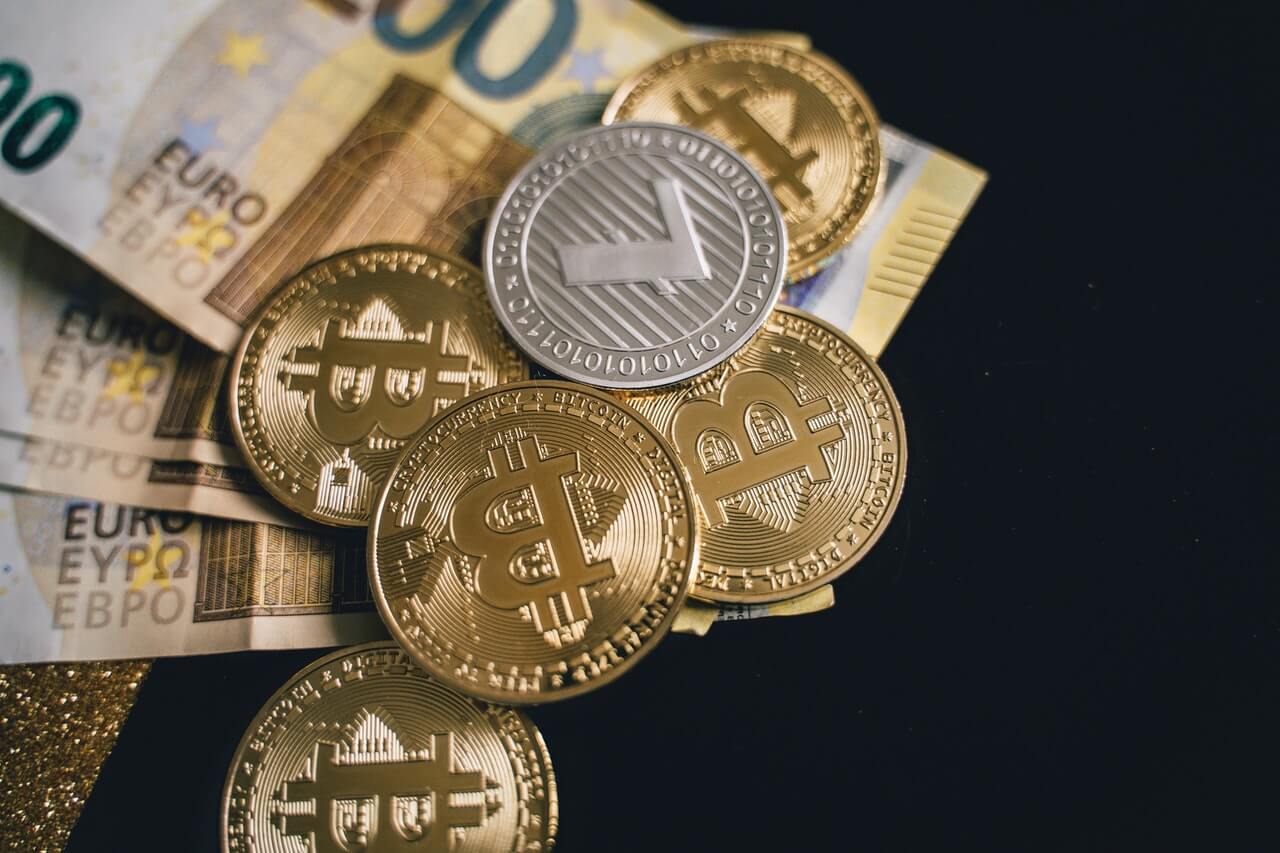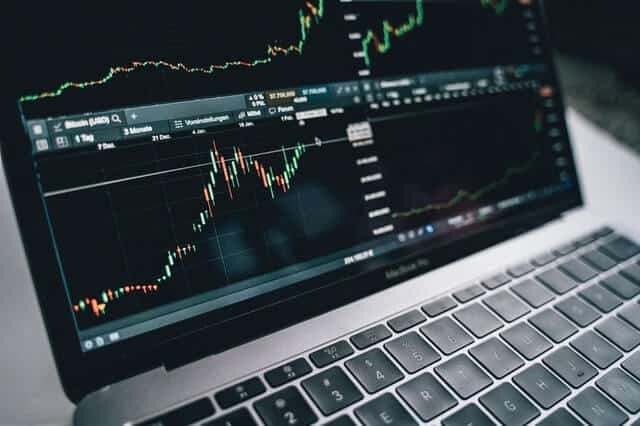Position trading is an investment strategy for investors that think in the long-term rather than in short-term gains. The goal is to profit from fluctuations in the market in different types of assets and trading pairs.
In this guide, we share with you all you need to know about position trading. How it works, and whether position trading strategies can help investors improve their trading.
Disclaimer: this should not be considered investment advice. This post is for educational purposes only. AltSignals and its writers are not responsible for any decision you make following this guide. Never invest more than what you are able to lose and always request information from a financial advisor.
What is Position Trading?
Position trading is a technique that involves holding an asset for a long period of time. The goal is to wait for a macro trend to change and ride the whole trend until we reach the desired level of profits.
Rather than focusing on small price fluctuations throughout the trend, the goal is to focus on the whole and overall trend. Thus, traders would not need to be controlling on a daily basis the way in which the market is moving.
Indeed, the position can be open for a long period of time. Position trading investors focus on the big picture rather than on what’s going on on a day-to-day basis. Of course, this has positive and negative things.
Nevertheless, position trading became one of the main strategies that users can follow in order to profit from price fluctuations in different markets. It is worth mentioning that position traders can invest in forex, cryptocurrencies, stocks, derivatives, commodities, and many other investment tools. The goal is to profit from the whole trend moving higher (or lower if this is a short position).
You can learn how to use MetaTrader 4 using our guide.
Position Trading vs Swing Trading
Position trading vs Swing trading have some differences that are worth mentioning. Swing trading is a style of trading that aims at using short or medium-term trends in order to profit from them.
As you can see, the main difference between position trading and swing trading is related to the time in which the trade is open. While a position trader can close the trade in just days, the position trader can wait even years for an asset to reach the valuation that he desires.
Although position trading can be profitable in the long-term, traders that mastered swing trading strategies could make larger returns. Swing traders know they are in a big upward trend and they would use trendlines to sell at the top and buy at the bottom of the ascending channel. The same happens if we are in a downward trend.
They would not only profit from the growing trend but also from smaller fluctuations that can take place during the whole trend.
Positive and Negative Aspects of Position Trading
There are some positive and negative things to mention about position trading. The first thing to know is that is a relatively low-risk strategy compared to day-trading or scalp trading.
For example, they can simply wait years for the price of an asset to move higher. Although it might never happen, a swing trader would sell when the price is at the bottom rather than waiting for the price to recover.
For example, those traders that purchased Bitcoin at $20,000 in 2017 were only profitable if they wait three years to close their trades. After three years Bitcoin not only surpassed $20,000 but reached $58,000 in February 2021.
One of the negative aspects of position trading is related to how long the position must be open. In some cases, it can even take several years for a trader to close a position. During the same period of time, a professional swing trader could have made larger profits trading weekly fluctuations.
Another negative thing to mention about position trading is related to the risks involved. In 2017 and early 2018, a large number of Initial Coin Offering (ICO) tokens were released to the cryptocurrency market.
Many of them were traded for a very high price as soon as they were released to the market, but the price fell in just a few weeks. Most of these ICO tokens never recover their price. It is worth also mentioning that a large number of these tokens disappeared. Thus, those position traders that opened a position at the top of the market might never be able to close their trade for a profit.



















